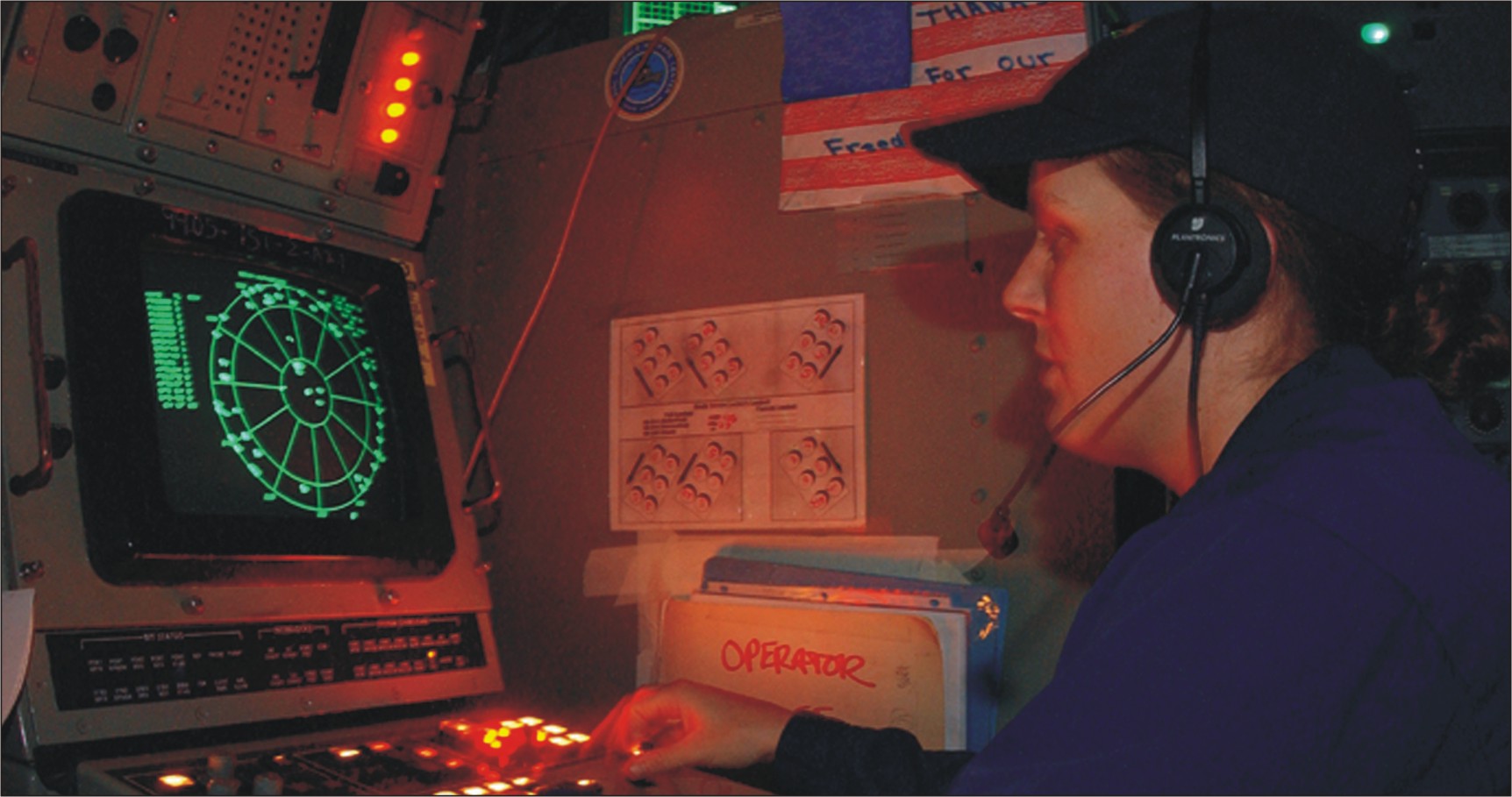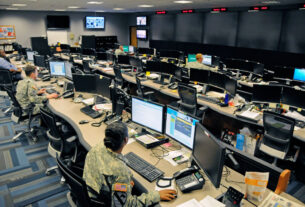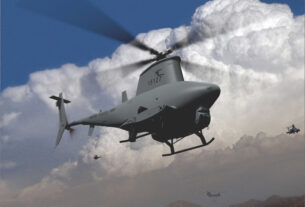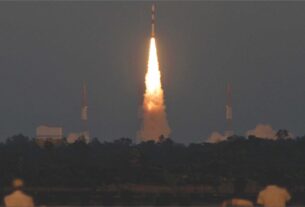Electronic warfare has long been the fastest changing and the most quickly redundant entity in warfare. That remains constant to this day and the new kink is that even the most ordinary mobile telephone could become a source of jamming and disruption. This makes all emissions suspect and given the plethora of mobile phones the world over electronic counter-measures can very easily become controversial.
The metadata of called numbers that have been scanned by the US National Security Agency and revealed by whistleblower Snowden is but the tip of an iceberg that needs to be kept under constant surveillance if one is not to miss that one quick burst of transmission that passes on a coded message to a terrorist cell. The credibility gap between individual liberties and statal authority is growing and no matter what justifications the government puts forward based on national security considerations, trust will forever be in deficit.
That governments must snoop to retain the credibility of their security systems is a foregone conclusion. It needs to be understood the after the 9/11 attack and the constant repetition of television clips showing the collapse of the twin towers of the World Trade Centre and the burning debris of the portions of the Pentagon building, Americans were not averse to the idea of being under enhanced surveillance knowing full well the implications of the Homeland Security and the Patriot Act legislations.
Now with the revelations by Snowdon, the yen for personal liberties is beginning to come to the fore once again. Nonetheless at the back of their consciousness Americans know that but for the watchfulness of their government there could have been more successful terrorist attacks than the Times Square fizzler and the Boston Marathon bombing. It is difficult to see how both personal liberties and national security considerations can be handled without contention given the changes that are emerging in both the means of communications and the means of deliberate or inadvertent jamming.
Advanced jammers
More and more commercial communications set (mobiles) and other Global Positioning System jammers have drawn attention to the vulnerability of a system that is integral to the precision guidance of missiles and aircraft of all kinds, military and civilian.
Not very long ago the North Koreans demonstrated such dire possibilities by jamming the GPS network over the capital of South Korea in Seoul. Whether this was by design or accident is unclear but Pyongyang was livid at the ongoing US-South Korea military exercises at the time and may have been trying to disrupt the communications between the exercising parties.
However, the lesson was well taken because if the GPS can be jammed by hand-held systems there was cause for worry about what could happen to drones that depend on the GPS and other navigation systems to guide their flight. If the North Koreans have discovered a very feasible method of jamming or disruption of GPS signals then alarm bells should ring around the globe, more particularly on the subcontinent given that Pakistan and North Korea have had very close collaboration on the exchange of nuclear weapons technology and the means of delivery by missiles.
It could show up any time with an attempt by the Pakistanis (both state actors and jihadi proxies) to bring down Predator drones or at least decoy their Hellfire missiles away from the Pakistan Army Inter-Services Intelligence terrorist assets.
How swift the developments in both electronic support measures and electronic counter measures is seen in how the still nascent stealth technology weapons platforms, be they airborne or seaborne have become amenable to detection. Hence the need for jammers remains whether it is for warding off aerial threats or for helping ships to decoy away or disrupt the direction of missiles aimed at them.
The example of Serbia which was part of the former Yugoslavia in the throes of separation managed its warfighting resources well enough to be able to detect the vaunted US Lockheed F-117 stealth fighter and shot it down to the consternation of the entire western world. It highlighted one grim aspect that stealth technology alone is not sufficient to save major weapons platforms from detection and destruction but they must retain the ability to jam and decoy missiles or disrupt air defence ground environment systems (ADGES) for their survival.
Counter systems
More and more this facility is being incorporated by nations that have generated UAV technology to include in these smaller platforms enhanced capabilities to detect electromagnetic emissions across a large spectrum, create a compendium of such signals and jam them in the event of an outbreak of hostilities.
The technical capabilities of the active electronically scanned array (AESA) radar system lend itself admirably to disperse the jammer signal over a wider spectrum. The American experience in Afghanistan has brought forth studies on what is known as low-cost, rapidly deployable counter-communications system which is podded and capable of being carried around by a UAV.
Broadband phased arrays that give a much broader frequency range are entering the market. Miniaturised UAVs capable of being dispersed over a wide area will degrade enemy ground based radar systems through attrition and complete blackout. Israel which is an acknowledged leader in UAV technology has developed applications that hitherto were integral parts of fighter aircraft like missile early-warning detectors and decoying the attacker away from the target aircraft.
Towed electronic counter measure pods are carried by some American fighter aircraft like the F-16s but the element of drag and consequent reduced manoeuvrability of acknowledged superior airframes has given way for dispersal of what is known as miniature air-launched decoys. They replicate the electronic signature of fighter aircraft well enough to attract the attention of enemy missiles and keeps them well away from fighter aircraft. The intention is to keep operational costs low and the ratio of missiles decoyed and deflected high so as to introduce greater cost-effectiveness on the battlefield.
India’s own UAVs are at a nascent stage and though the Nishant is operational it does not have the sophistication that is already apparent in the area of airborne electronic counter-measures and decoying capability.
It needs to be recalled that it is not just the missiles that will need to be detected and decoyed, the battlefield is fast acquiring a cyber dimension which will require it to be included in the airborne electronic counter-measure suite.





